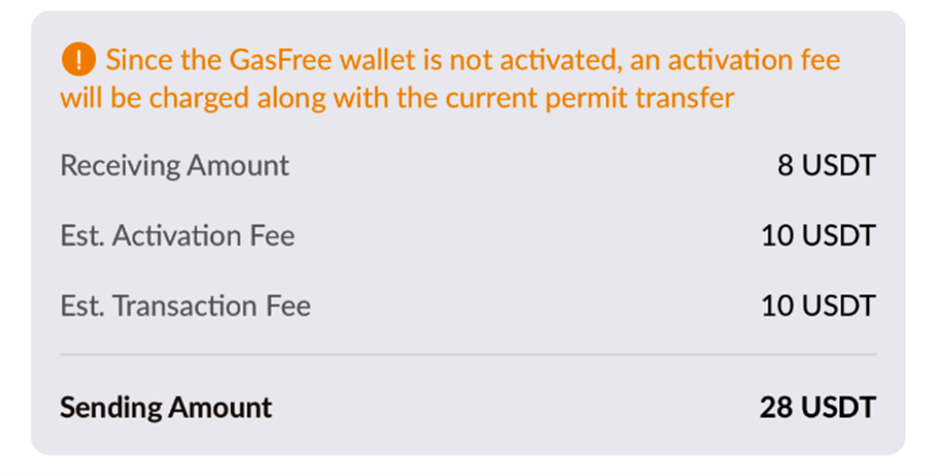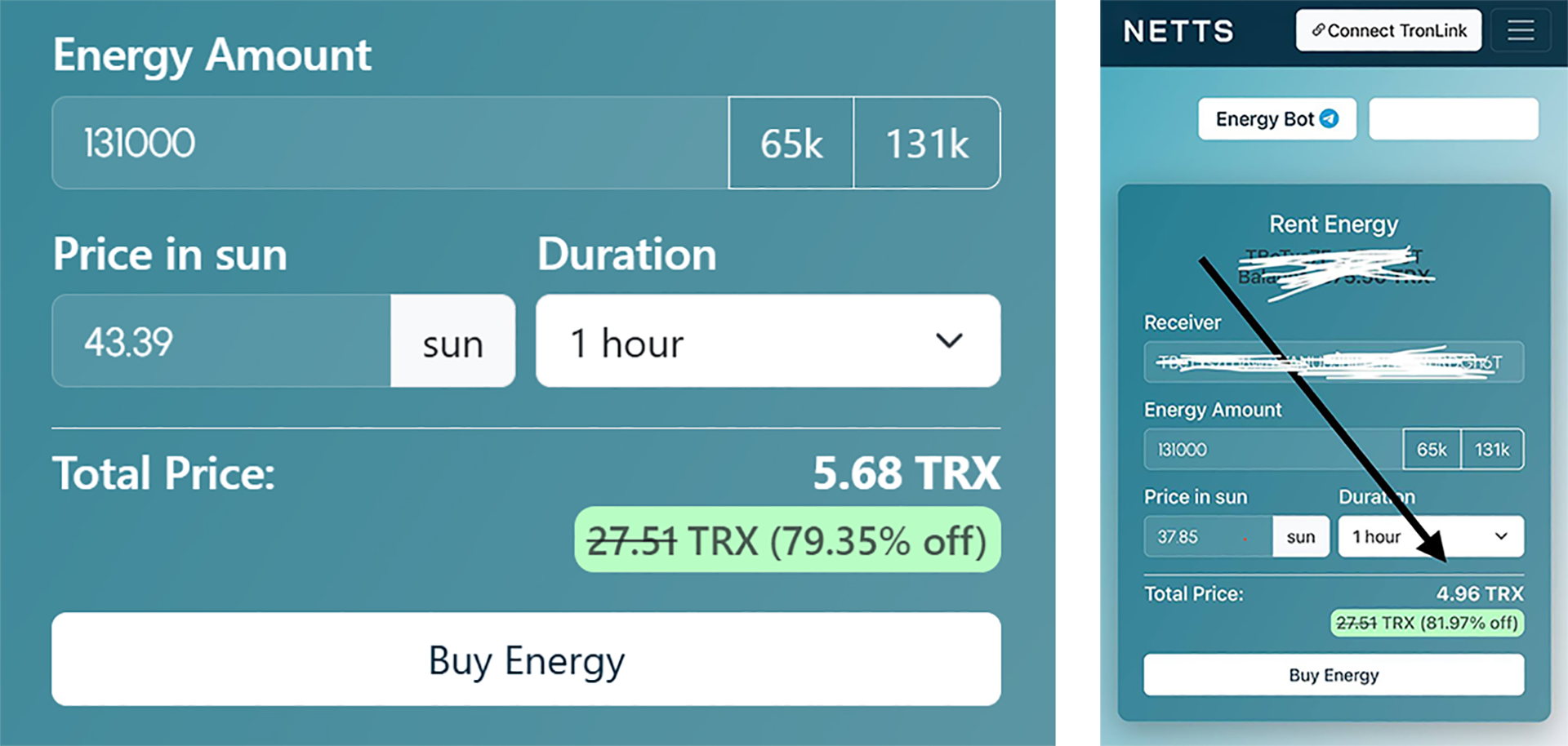How Do Exchangers and P2P Platforms Save on Tron Fees?
A decentralized or centralized cryptocurrency P2P platform allows users to sell, buy, or exchange cryptocurrency directly through a transaction with another user. Such a peer-to-peer platform can be part of a larger platform where, in addition to exchange operations, spot trading, futures, crypto lending, etc., are presented.
Currently, the cryptocurrency market features:
- crypto exchanges with a wide range of functions and optimized platforms for working with digital assets; here, the platform organizes the transaction on behalf of the client, and the market determines the asset price;
- separate P2P services for exchanging cryptocurrency directly between users without third-party intervention;
- crypto asset exchangers with automatic exchange without the ability to choose the seller and buyer.
Cryptocurrency exchangers and P2P platforms are attractive due to anonymity, low or zero fees, and the absence of intermediaries between the transaction parties.
Since the native currency of the Tron ecosystem – TRX – has grown in value over the past year, outpacing many other well-known cryptocurrencies, the most famous exchanges readily work with the blockchain through their peer-to-peer platforms.
It has also become important that Tron has almost definitively established itself as a center of high stablecoin activity. Therefore, among the exchanges working in this blockchain – Binance, Bybit, OKX, Bynex, Huobi, MEXC, EXMO, Bitfinex, Gate.io, Kraken, KuCoin – many have a P2P platform.

To conduct transactions in the Tron ecosystem, all exchangers and P2P platforms need special resources to pay commissions only on this blockchain. For these cryptocurrency platforms, fees on the Tron network can constitute a significant part of expenses due to the large volume of transactions. Therefore, finding an effective way to reduce costs is very relevant for them.
We consider which methods large services use to minimize commissions, and also find out how API helps in automating processes.
Main Costs for Exchangers on the Tron Network
Decentralized exchanges and P2P services operate on the blockchain principle and are based on smart contracts. The fuel for smart contracts in most cryptocurrency blockchains is their native currencies. The Tron eco-platform is an exception. Gas fees for interacting with smart contracts in this system are paid, among other things, using specially developed resources – Energy and Bandwidth.
Everyone working on the Tron blockchain strives to exclude the native crypto TRX from transaction payments. Exchanges are even more interested in this, as they can use TRX in more profitable operations – selling, exchanging, etc.
Interaction with smart contracts on the Tron network, i.e., with TRC-20 standard tokens, requires exchanges to maintain a significant reserve of Energy. Despite Tron implementing the GasFree function for transferring USDT TRC-20 (a stablecoin pegged to the USD rate), exchangers and P2P platforms, like other Tron users, are in no hurry to switch to paying for transactions with stablecoins instead of Energy and Bandwidth.
But all Tron participants dealing with smart contracts face the task of having sufficient resource reserves. Because otherwise, the missing volume of Energy and Bandwidth will have to be paid for with native TRX crypto. Moreover, the blockchain switches to burning the native currency from the sender's balance without even warning them. If TRX is also insufficient – the transaction hangs, and only a prompt replenishment of the balance with Energy can save it.
Furthermore, Tron switched to a dynamic energy supply model several years ago. This helps attract additional energy and computing power during periods of high user activity. But under high load on the Tron network, the gas fee can also increase in real time. The screenshot below clearly shows the trend of annual increase in Energy consumption:

That is, to prevent transaction freezes during Tron network overheating, P2P platforms and exchanges working with it must provide for:
- an additional reserve of Energy;
- the ability to quickly replenish the balance when the network status changes, even at night;
- ensure replenishment of the Energy balance according to a specific schedule, or better yet – depending on the reserve dropping to a certain level.
Let's figure out if such previously unbelievable possibilities exist within the Tron blockchain or beyond it.
Methods for Optimizing Fees
Let's start this unique review with strategies familiar to most, used by exchangers and P2P exchanges, and then move on to more modern and advanced methods.
1. Staking TRX
For exchanges holding large volumes of TRX, this was, until recently, a proven method not only for obtaining free Energy but also an opportunity to participate in the governance of the Tron blockchain as part of its validators. But this is acceptable for holders of large TRX volumes who can painlessly withdraw them from circulation for two weeks. Large cryptocurrency exchanges with their associated P2P platforms can afford this.
A simple example: for the daily replenishment of the Energy reserve for one USDT transfer transaction, 12,000 TRX must be sent to staking – if the recipient's balance does not have these tokens, and half as much – if it does.
Now imagine the volume of transactions on an autonomous P2P platform, and you will understand that for exchangers and independent P2P platforms, staking is not the best option.
2. Using GasFree
Tron has indeed launched the long-awaited GasFree function. And it really relieves the USDT sender from paying gas fees. But not from paying the transaction commission!
Yes, you can use this function to transfer USDT without having TRX, Energy, and Bandwidth on your balance. Instead, you will pay in the same stablecoins, and one transfer will cost much more than the gas fee.

Above is a screenshot from testing the function: for transferring USDT using the GasFree function, the blockchain takes 10 USDT – that's almost 43 TRX. That is, two to three times more than the gas fee for the same transaction, considering the recipient's wallet status.
So, for mass transactions, this method of optimizing fees is practically unavailable. It is more suitable for individual lazy users who rarely transfer stablecoins but have a significant volume of USDT and do not want to spend time on staking.
This function is also suitable for Tron newcomers who have not yet understood the specifics of gas fees on this blockchain.
3. Renting Energy
This method of optimizing fees on the Tron network is maximally acceptable for cryptocurrency decentralized exchangers and P2P platforms because it:
- allows reducing commission costs by at least 2–3 times compared to staking;
- does not require freezing TRX, making this method optimally flexible;
- advanced Energy rental services provide the possibility of full process automation through a web interface or Telegram bot;
- gives the exchange the opportunity to order the "delivery" of the required volume of Energy from the rental service for a specific period at a specific time;
- the presence of optimal automation tools at the rental service allows the user to pay only for the actually used volume of Energy.
When collaborating with a service that provides all these services, P2P platforms, like regular users, will not experience any problems with transactions at all.
The recently emerged and rapidly growing NETTS Energy rental service has already taken leading positions in this market. This is largely due to the implementation of automation and the team's excellent market knowledge.
Already now, NETTS provides a discount on Tron network transactions of about 80%, and during hours of minimal network load, this figure is even higher:

This is how you can save on transactions if you know the right spots and the right time. Yes, the best choice is a 24/7 automated Energy rental service. The screenshot on the right, shown above, was taken during a night session of Energy rental from the NETTS service. As you can see, renting 131,000 units cost the user less than 5 TRX.
Let's take a closer look at how the API of an Energy rental service helps exchangers and P2P platforms working on Tron save on fees.
API for Automating Energy Rental
Let's start by saying that rental services without competent automation cannot provide the client with a refund for unused but prepaid Energy.
But the NETTS service will not deduct anything from your deposit in the Telegram bot if the Energy pumped into your wallet is not used within the agreed rental time (exception – Tron network overload).
This possibility is now available to NETTS renters even when accessing through the website – along with other new features. The team has developed and connected Workspace — a mechanism for automatically charging a wallet on the Tron network.

What does this offer besides the possibility of not paying for unused resources? You can order a charging cycle – this is especially beneficial for exchanges that make a large number of USDT transfers per day.
15 seconds after a transfer secured by Energy rented from NETTS, 131K units of the resource are poured back into the balance. So you will never worry about the problem of a possible Energy shortage. If desired, you can configure any schedule for replenishing the Energy balance provided for rent by the NETTS service. The minimum cycle is three charges per day.
These are the capabilities of the Host mode, which can provide practically "perpetual" Energy. And the Smart mode is the replenishment of your balance when the Energy level drops to a set trigger.
That is, the user of an Energy rental service with an API gets the following advantages:
- no need to calculate the required volume of Energy based on transactions;
- instant charging of the balance with Energy without manual intervention;
- maximum flexibility – rent in the required volume and for a specific period;
- possibility to set the resource replenishment cycle;
- maximum possible savings on transactions – about 80% on the NETTS Energy rental service;
- simple integration with decentralized P2P platforms and exchangers;
Conclusion
The key tools for reducing fees in Tron are renting Energy and automating this process via API.
The most effective and profitable Energy rental service is one that allows saving as much money as possible per transaction and allows full automation of the recharging process without extra hassle.
Decentralized P2P platforms and exchangers using these technologies save significant amounts.
Try the NETTS service API for automatic Energy rental and reduce commission costs by 80% starting right now — https://netts.io
Workspace deposit — only 1 TRX, which you can withdraw after exploring the possibilities of your personal account.
We warn about possible addiction: all explorers have already become NETTS clients.